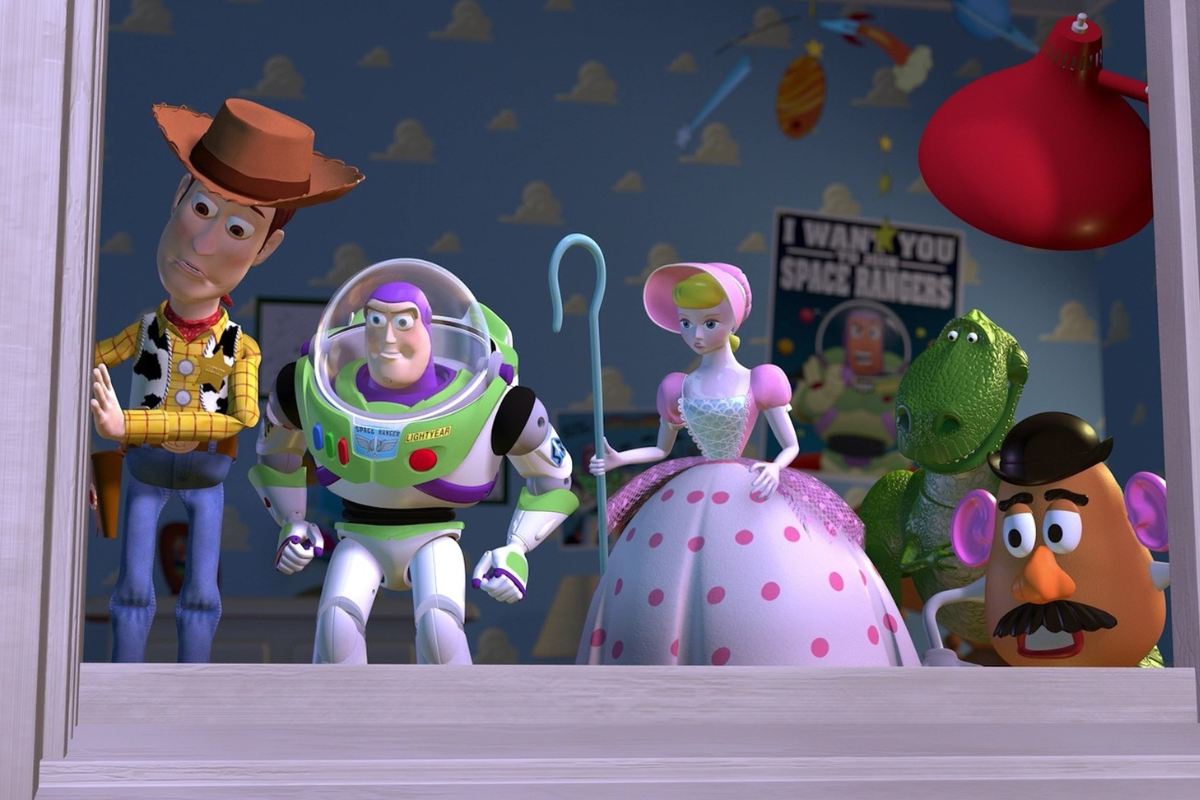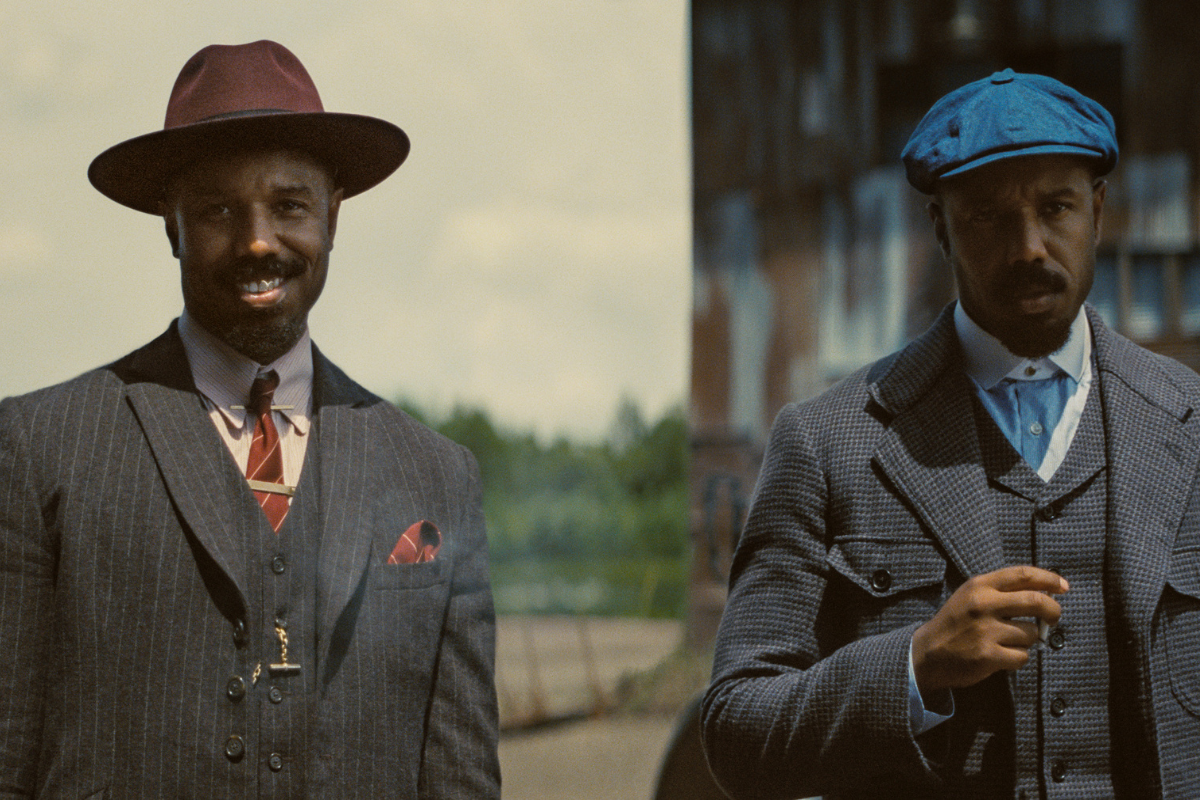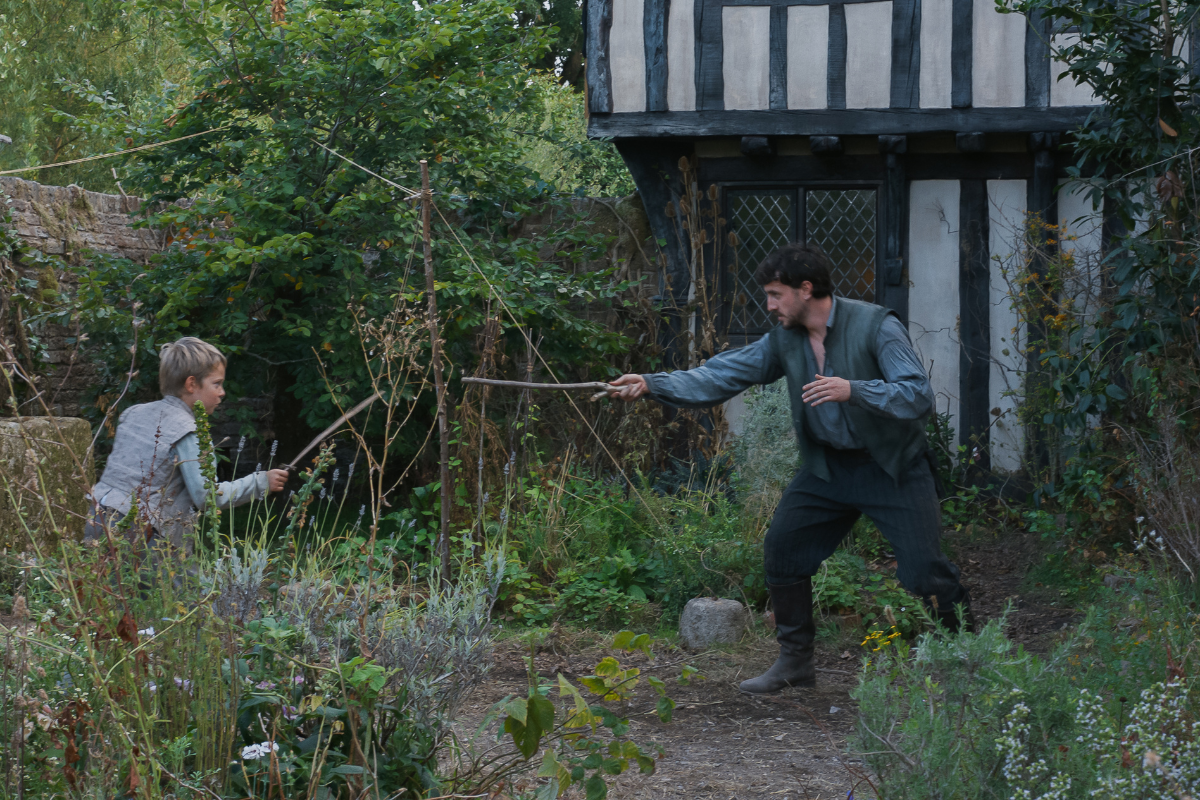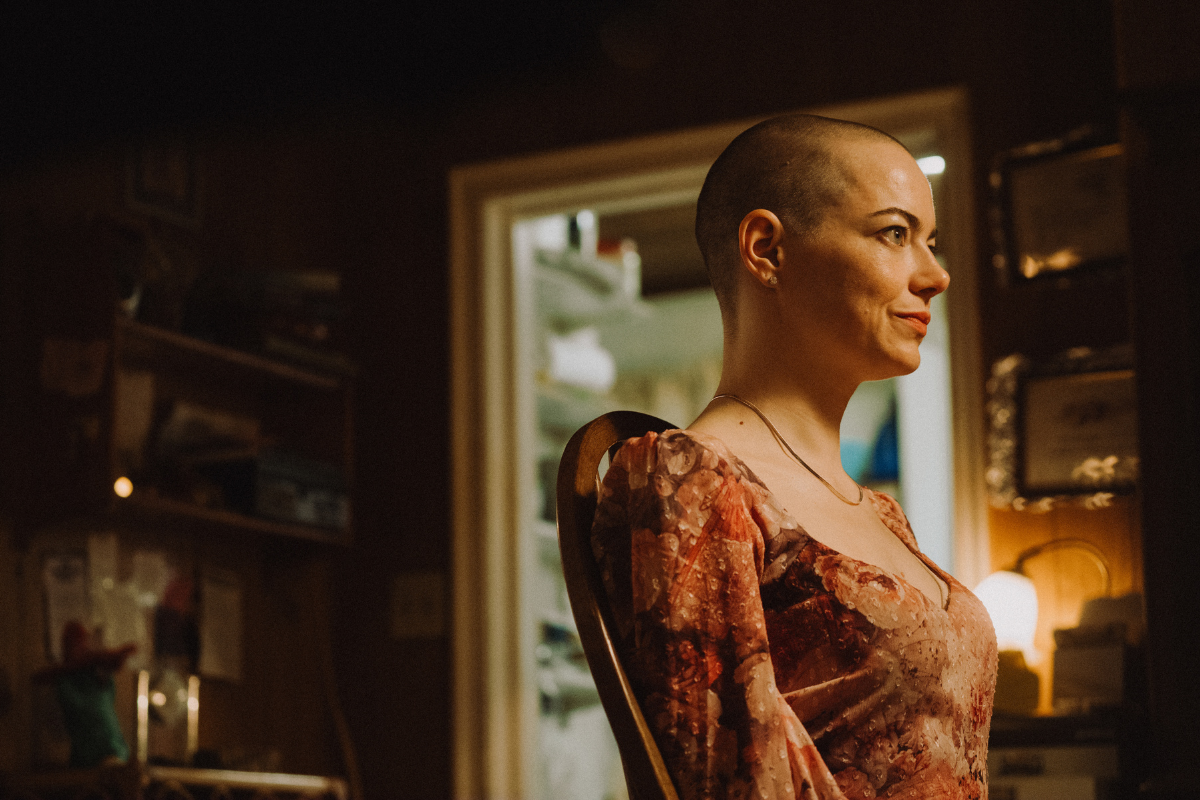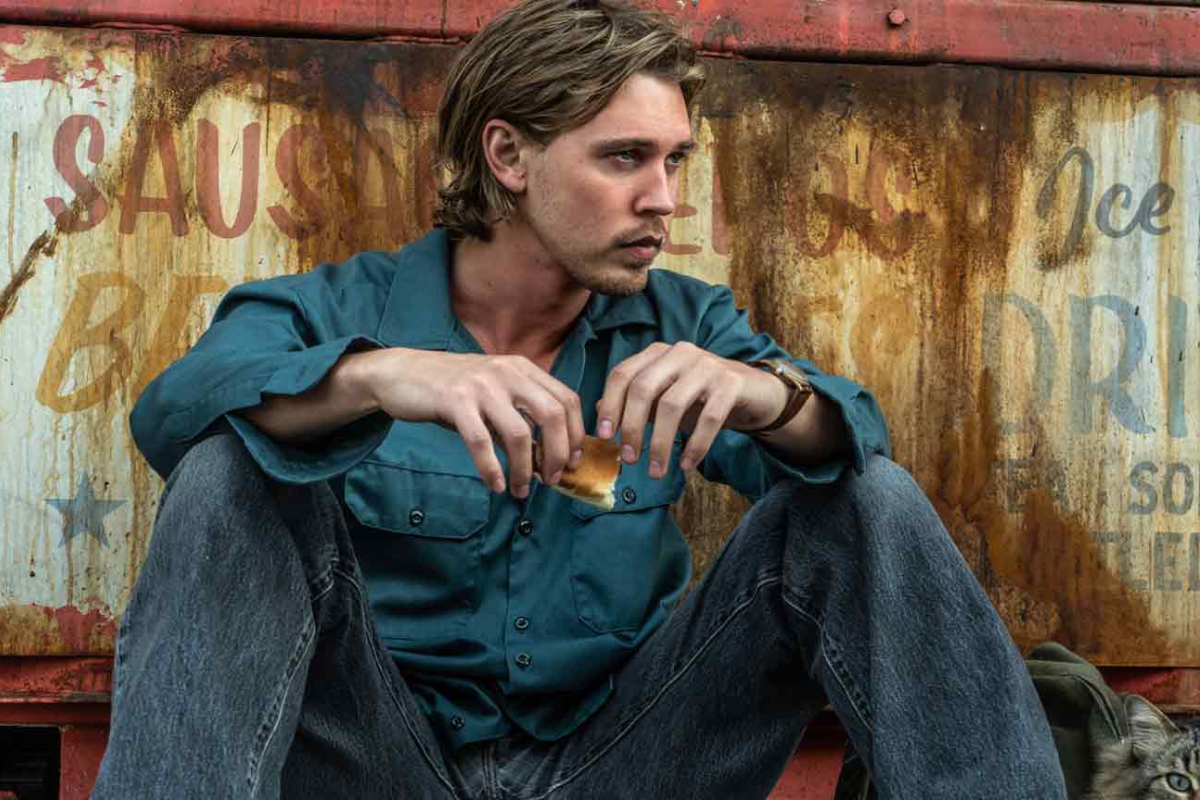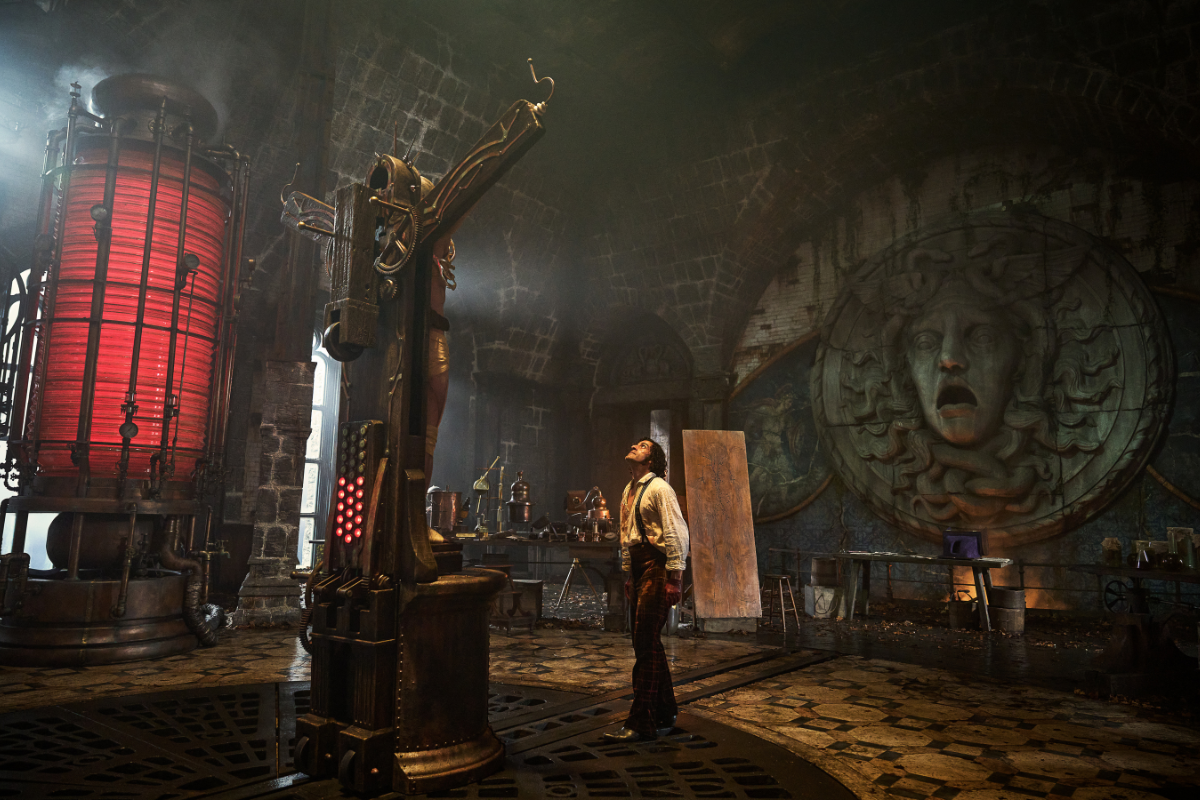Storytelling Strategies: ‘Blue Jasmine’ Blues
Paul Joseph Gulino explores backstory in ‘Blue Jasmine.’ Woody Allen avails himself extensively of one such technique — the flashback.
Backstory is not the same as story.
In order to convey backstory -- background information the viewer needs in order to understand, appreciate and become emotionally involved in onscreen action -- a variety of exposition techniques are available to the screenwriter.
In Blue Jasmine, writer/director Woody Allen avails himself extensively of one such technique -- the flashback -- the dramatization of action that has taken place before main story begins.
In this case, though, it seems the use of the flashback serves only to conceal what amounts to an overly slight story that in turn yields a less-than-satisfying experience. In effect, the storyteller has mistaken backstory for the actual story.
Further, the frequent interruption of the main story with unannounced flashbacks serves to undermine any cause-and-effect pattern among the unfolding scenes. Why is this a problem? Human beings, for evolutionary reasons, are finely tuned to see patterns of cause and effect in phenomena. Storytellers who exploit this propensity by laying out a story in a cause-and-effect pattern are more likely to engage an audience.
The problem of the cutaways from the main action is compounded by the nature of the tale Allen tells: its characters seem driven by impulses, and the story lurches around, with lines of action beginning and then petering out. The cause-and-effect sequencing is thus unsturdy even without the flashback interruptions.
A "Shaggy Dog" Tale
The film opens with Jasmine (Cate Blanchett) delivering a monologue on a jet plane to a fellow passenger, followed by her arrival at an unidentified apartment, which we later learn (after a flashback to her former life in the Hamptons with her rich husband) is her estranged sister Ginger’s (Sally Hawkins).
Soon enough, Jasmine realizes she must get a job as a dental assistant in order to pursue an impulsively-realized goal of becoming an interior designer, encountering the challenges of scheduling patients and the sexual interest of the dentist she works for -- a story line, incidentally, that simply disappears at one point -- while her sister Ginger impulsively has an affair with Al (Louis C.K.), a man she meets at a party, thus betraying her fiance Chili (Bobby Cannavale). Meanwhile, Jasmine meets Dwight (Peter Sarsgaard), an attractive, wealthy young man with political ambitions, but she lies about her past and, when found out, the relationship ends. Ginger’s affair likewise ends when she learns Al is married; she goes back to her Chili with no further consequences. Jasmine’s son, introduced in the flashbacks, makes a brief appearance near the end of the main story, without any discernible effect on the action.
The story is helped along by two coincidences (which also tend to undermine cause-and-effect sequencing) -- a chance sighting by Ginger of Jasmine’s husband Hal (Alec Baldwin) kissing a woman, and a chance encounter Jasmine with Ginger’s ex-husband Augie, which both unravels her hopes for a new marriage, and seems to lend the impression that San Francisco is a very small town.
It's a classic "shaggy dog" story -- a story that meanders and ultimately comes to nothing -- but what seems to lend it some ballast are the flashbacks to Jasmine’s former life. However, these are simply a dramatization of moments that could easily be delivered through traditional exposition. They amount to: a woman lived the high life in the Hamptons with her rich husband Hal, who she later learned was cheating serially on her, and who was also making money fraudulently. She turns him in, and finds herself ruined financially as he goes down.
The problem is that by investing so much screen time in the backstory, there is correspondingly less time to develop the actual story that the backstory is setting up.
Backstory and the Future
From its beginnings, drama has been unique in its obsession with the future. Novels are almost always written in the past tense, with a narrator who guides the reader through a story that has already occurred. In contrast, dramas have always been written in the present tense -- logically enough, because they are instructions for actors and other stage professionals to follow. Drama actually occurs right there, in front of the audience.
Exposition is only necessary to help the audience understand what is about to happen; the actual event is right in front of us.
The flashbacks in Blue Jasmine seem only to serve to disguise how thin the story is; the biggest revelation in them is that it was Jasmine herself who brought ruin on herself by turning her husband in -- even though a previous flashback made clear that she was resolutely looking the other way and had no familiarity with her husband’s business dealings.
The Fix
As a thought experiment, a writer confronted with such a script might simply eliminate all the flashbacks -- assume he or she can simply deliver the information via traditional exposition -- and then see what remains.
What remains is a promising enough premise: a woman who always thought herself above her sister (and the rest of society) but was only in that position because of her crooked husband, suddenly finds herself forced to deal with being broke and not taken care of, and the reality of having to rely on the mercy of a sister she’d always looked down on.
From there is it simply a matter of plotting out what actions she would take to deal with the crisis. Is she still in denial? Does she fight to preserve her dignity? How does she do it? One possibility lies in something writer/director Allen placed in the backstory -- the loss by Jasmine’s crooked husband Hal of the $200,000 in lottery winnings with which Ginger and her former husband Augie had hoped to start a business.
What if, instead of placing this event in the past, we place it in the future? Ginger still has her $100,000 share and was planning to use it to start her own business, to rescue her from her job at the supermarket checkout counter -- and Jasmine, moving in, targets this money and steals it to maintain her high life style, while fraudulently courting her rich beau Dwight? Perhaps with the intention of restoring it when she lands him and comes back into money?
Ginger opens her heart to help her arrogant sister who has come upon hard times, trying to see the good in her, and all the while said sister is destroying her, leading to a culmination of revelations that result in the ultimate train wreck -- the stuff of good drama.
In screenwriting, it’s always about the future -- about what happens next. Information about the past is just a means to get there.
Related Articles:
- More Storytelling Strategies articles by Paul Joseph Gulino
- Meet the Reader: ‘King Kong’ and the Art of Script Revision
- Specs & The City: Writing Exposition and ‘Little Miss Sunshine’
Tools to Help:
Paul Joseph Gulino is an award winning screenwriter and playwright, whose credits include two produced screenplays in addition to numerous commissioned works and script consultations, and his plays have been produced in New York and Los Angeles. He taught screenwriting at the University of Southern California for five years, and since 1998 has taught at Chapman University in Orange, California where he is an associate professor. He has lectured and given workshops in the U.S. and Europe and recently guest-lectured at Disney Animation in Burbank. His books include Screenwriting: The Sequence Approach and The Science of Screenwriting: the Neuroscience Behind Storytelling Strategies, co-written with psychology professor Connie Shears. His web site is www.writesequence.com.


